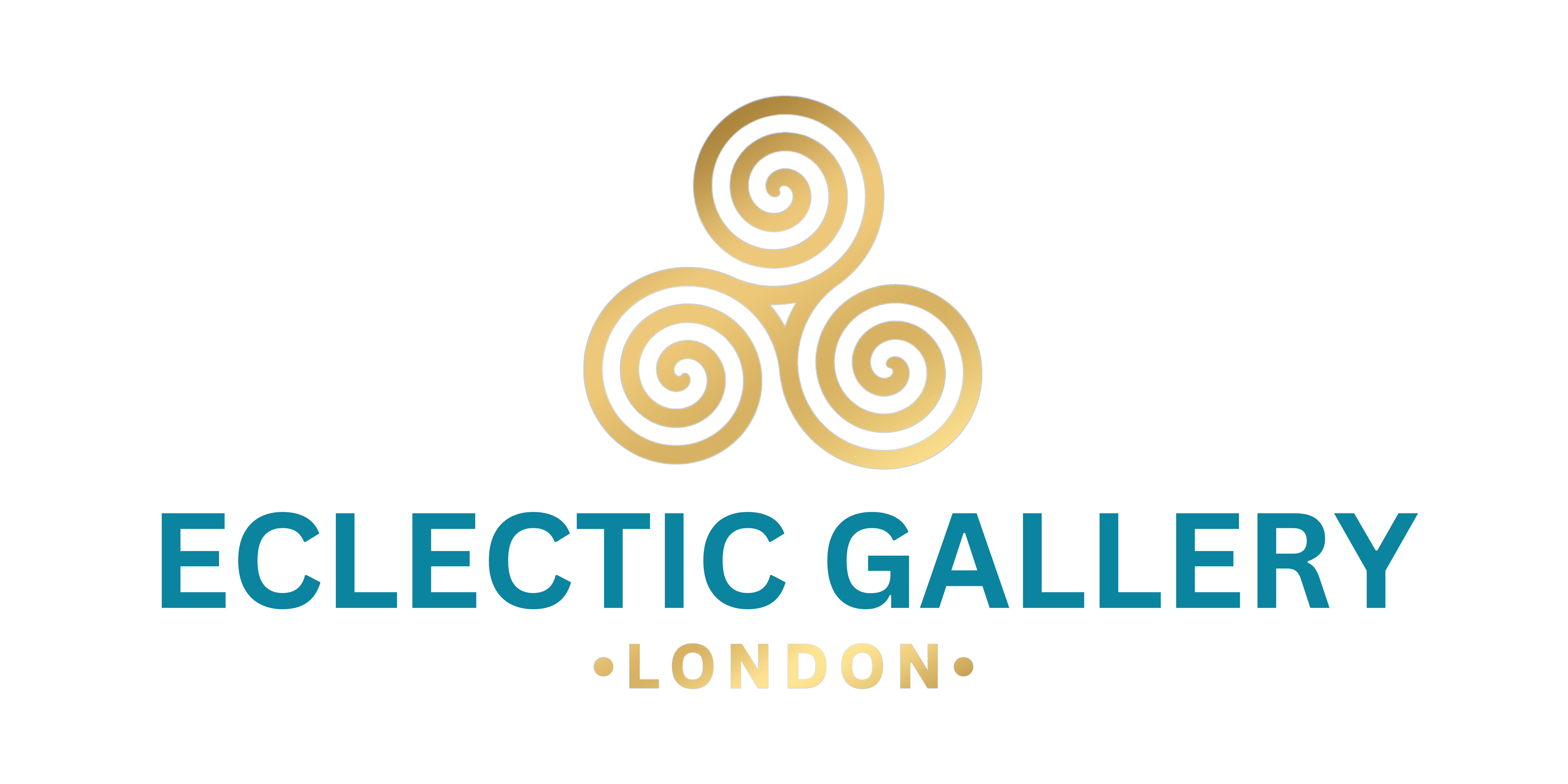Art history is a rich tapestry woven with threads of creativity, innovation, and transformation. From the ancient civilizations to the modern era, the evolution of art has been marked by distinct periods of revolution and change. These artistic revolutions not only reflect the cultural and societal shifts of their time but also shape the trajectory of artistic expression for generations to come.
Throughout the annals of art history, six prominent time periods stand out, each characterized by its own unique artistic styles, techniques, and themes. These periods include the Ancient, Classical, Medieval, Renaissance, Baroque, and Modern eras. From the majestic sculptures of ancient civilizations to the revolutionary works of the Renaissance masters, each era leaves an indelible mark on the artistic landscape.
Within these broader time periods, art history is further delineated into four main eras: Prehistoric, Classical, Medieval, and Modern. Each era represents a distinct phase in human history and is defined by the prevailing artistic movements, cultural influences, and technological advancements of the time.
Art has long served as a visual record of historical events and societal changes. Throughout history, major events such as wars, revolutions, and social movements have been documented through art, providing insights into the human experience and the collective consciousness of different epochs.
The evolution of art is shaped by three major arts: architecture, sculpture, and painting. These art forms have evolved over time, responding to changing cultural norms, religious beliefs, and technological innovations. From the grand architectural marvels of ancient civilizations to the experimental works of contemporary artists, the journey of art is one of continuous evolution and transformation.
Art history encompasses seven distinct eras, each characterized by its own unique artistic styles and movements. These eras include Ancient, Medieval, Renaissance, Baroque, Rococo, Neoclassicism, and Romanticism. Each era reflects the cultural, political, and social dynamics of its time, offering a glimpse into the collective consciousness of humanity.
During the medieval period, art underwent significant transformations, with the emergence of eight distinct art movements. These movements include Byzantine art, Carolingian art, Ottonian art, Romanesque art, Gothic art, International Gothic, Proto-Renaissance, and Gothic Revival. Each movement reflects the cultural and religious values of medieval society, as well as the technological and artistic advancements of the time.
At Eclectic Gallery, we celebrate the rich tapestry of art history by showcasing a diverse range of artists inspired by different art periods. From contemporary reinterpretations of classical motifs to innovative explorations of modern themes, our gallery offers a glimpse into the ever-evolving world of artistic expression.
In conclusion, the history of art is a testament to the enduring power of creativity and innovation. Through periods of revolution and transformation, artists have continuously pushed the boundaries of artistic expression, leaving an indelible mark on the cultural landscape of humanity.

